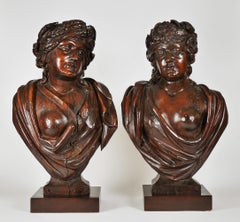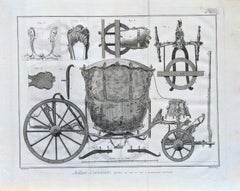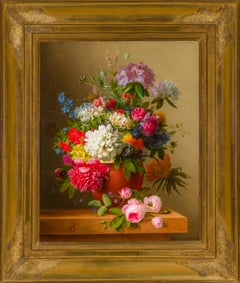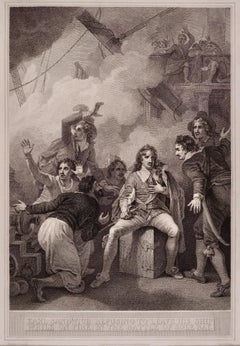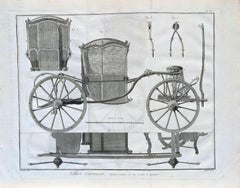USA - Art
18th Century Italian School USA - Art
Wood
Late 18th Century French School USA - Art
Engraving, Etching, Intaglio
18th Century USA - Art
Oil
1790s USA - Art
Etching, Engraving
Late 18th Century French School USA - Art
Engraving, Etching, Intaglio
Late 18th Century French School USA - Art
Engraving, Etching, Intaglio
Late 18th Century French School USA - Art
Engraving, Etching, Intaglio
Late 18th Century French School USA - Art
Engraving, Etching, Intaglio
Late 18th Century French School USA - Art
Engraving, Etching, Intaglio
Late 18th Century French School USA - Art
Engraving, Etching, Intaglio
Late 18th Century French School USA - Art
Engraving, Etching, Intaglio
Late 18th Century French School USA - Art
Engraving, Etching, Intaglio
Late 18th Century French School USA - Art
Engraving, Etching, Intaglio
Late 18th Century French School USA - Art
Engraving, Etching, Intaglio
Late 18th Century French School USA - Art
Engraving, Etching, Intaglio
17th Century Baroque USA - Art
Canvas, Oil
Late 18th Century French School USA - Art
Engraving, Etching, Intaglio
Late 18th Century French School USA - Art
Engraving, Etching, Intaglio
Late 18th Century French School USA - Art
Engraving, Etching, Intaglio
Late 18th Century French School USA - Art
Engraving, Etching, Intaglio
Late 18th Century French School USA - Art
Engraving, Etching, Intaglio
Late 18th Century French School USA - Art
Engraving, Etching, Intaglio
Late 18th Century Old Masters USA - Art
Watercolor, Laid Paper, Engraving, Etching
Late 17th Century Impressionist USA - Art
Oil
Mid-17th Century Old Masters USA - Art
Engraving
16th Century Renaissance USA - Art
Parchment Paper, Egg Tempera
Mid-18th Century Naturalistic USA - Art
Engraving
16th Century Old Masters USA - Art
Laid Paper, Woodcut
Early 18th Century Baroque USA - Art
Oil
18th Century USA - Art
Oil, Canvas
Early 18th Century Baroque USA - Art
Bronze
16th Century Old Masters USA - Art
Engraving
Late 18th Century Naturalistic USA - Art
Engraving
15th Century and Earlier USA - Art
Ceramic
Late 18th Century Impressionist USA - Art
Etching, Paper
17th Century Old Masters USA - Art
Canvas, Pen, Gouache, Watercolor, Ink, Paper
15th Century and Earlier USA - Art
Stone
Mid-17th Century Old Masters USA - Art
Drypoint, Laid Paper, Etching
16th Century Old Masters USA - Art
Engraving
16th Century Old Masters USA - Art
Engraving
15th Century and Earlier Renaissance USA - Art
Offset
Mid-17th Century Old Masters USA - Art
Laid Paper, Engraving
16th Century Renaissance USA - Art
Woodcut
15th Century and Earlier Renaissance USA - Art
Wood Panel, Oil
Late 18th Century Old Masters USA - Art
Handmade Paper, Etching
Late 17th Century Old Masters USA - Art
Engraving
Late 17th Century Naturalistic USA - Art
Engraving
Late 17th Century Old Masters USA - Art
Laid Paper, Etching
1750s Old Masters USA - Art
Etching
15th Century and Earlier Pop Art USA - Art
Lithograph
Late 17th Century Old Masters USA - Art
Engraving
Mid-17th Century Old Masters USA - Art
Laid Paper, Engraving, Etching
Mid-17th Century Old Masters USA - Art
Laid Paper, Etching
Early 17th Century Old Masters USA - Art
Engraving
Late 18th Century USA - Art
Pencil
Early 17th Century Old Masters USA - Art
Handmade Paper, Laid Paper, Engraving
Mid-17th Century Old Masters USA - Art
Watercolor, Handmade Paper, Engraving
1750s Other Art Style USA - Art
Etching
